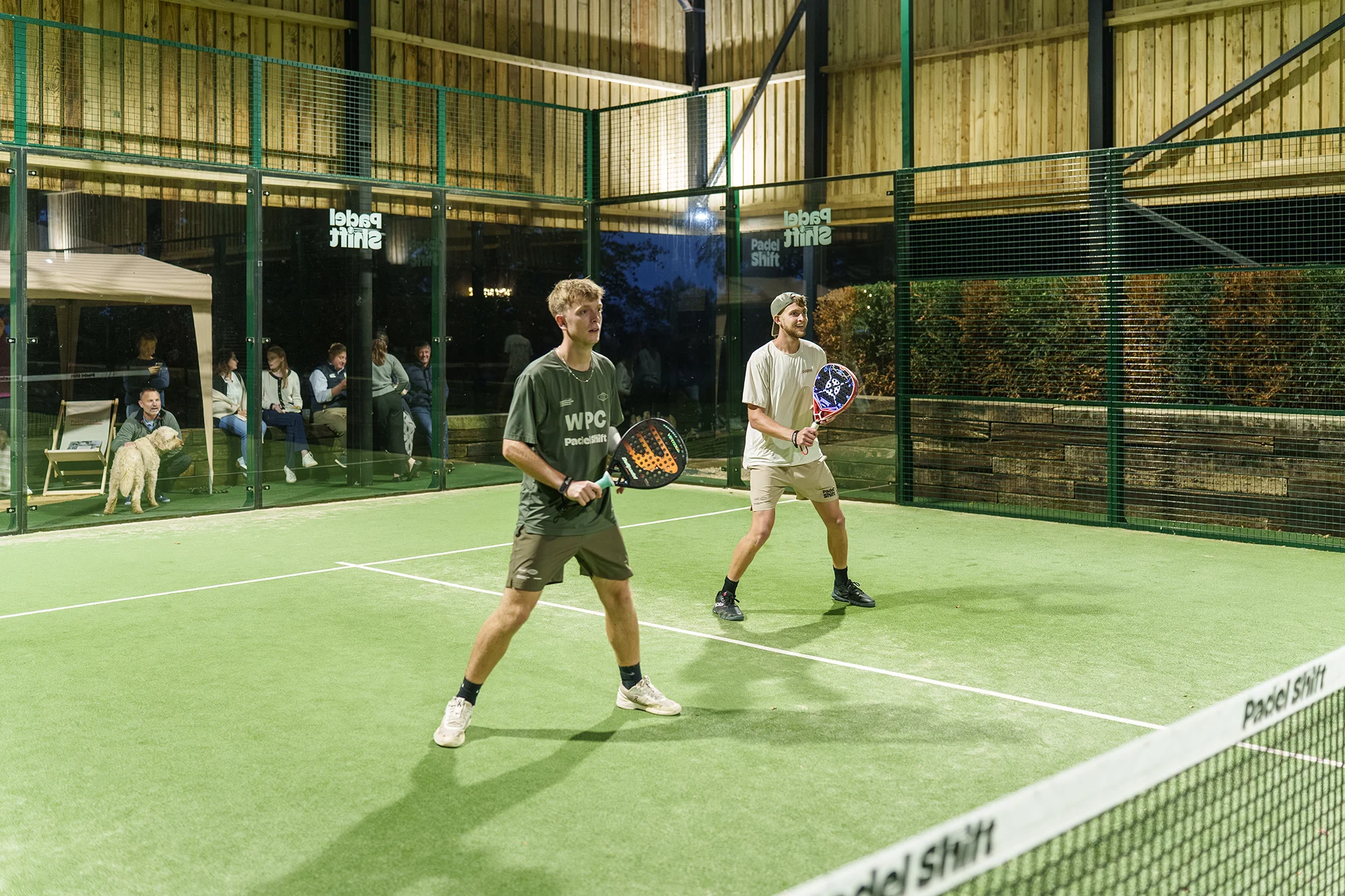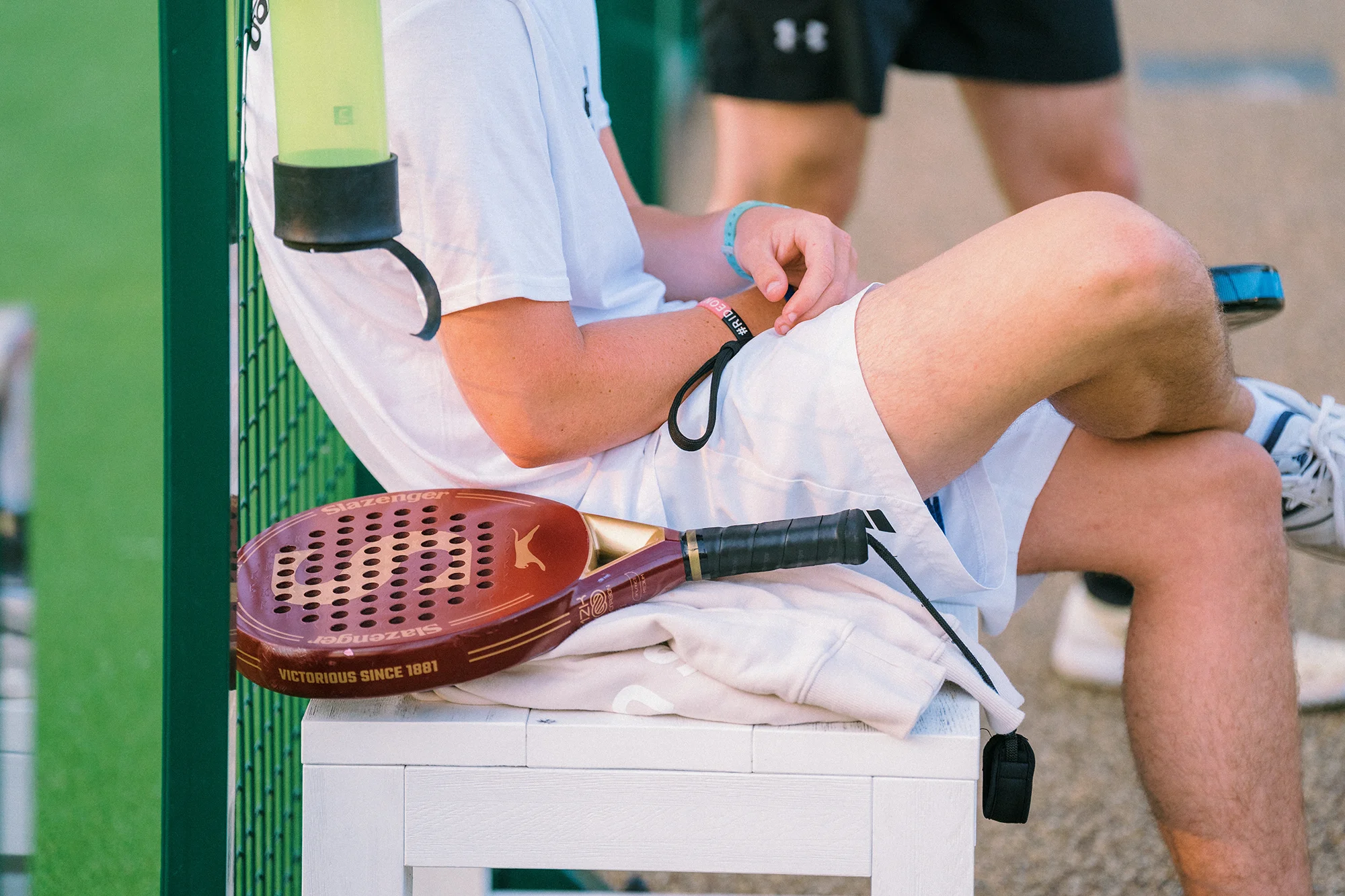Padel Matchplay: Think Smarter, Play Better



The best players have a plan
Before the first ball is hit, smart players know what they’re trying to do. They’ve built a game plan around their strengths, their partner’s strengths, and an honest understanding of where they’re less effective.
Are you great at the net? Then the game plan should focus on getting you there — working the lob and chiquita to take control of the net early and often. Big serve? Use it to set up the third ball attack. Struggle with volleys under pressure? Then make sure your positioning supports you, and you’re not overcommitting.
Matchplay starts before the match.
Play the match where you’re strongest
This sounds obvious, but too many players just rally for the sake of it. Your goal in matchplay should always be to shift the game into your most effective areas. Love the net? Then make every shot a step toward getting there. Comfortable defending? Set up traps and force your opponents to play risky shots from bad positions.
Use your padel IQ — not just your forehand.
Play the score, not just the opponent
Smart match players know how to manage momentum. You don’t play 40–0 the same way you play 30–40. Take more risk when you're ahead in the game, and be more solid under pressure.
Serving at 4–5, 30–30? That’s a pressure point. No wild shots. High percentage play. If you're up 40–0? That’s your green light to try something bold.
Play smart, not just hard.
Read the opponents - and counter
Padel is chess with rackets. Your job is to observe, adapt, and respond.
Notice your opponents always lob cross-court under pressure? Start covering earlier. Are they volleying weak to the middle? Set up to attack the second ball. If they avoid your partner every time, switch sides and see what happens.
Matchplay is dynamic — the best players adjust mid-match, not after it’s over.
Enjoy the stress
Here’s a mindset shift: those tense, sweaty, adrenaline-filled points? They’re the fun part. They mean the game matters. They mean you’re in it.
You chose to play. You probably paid to play. So don’t let stress ruin the experience. Instead, embrace it. Laugh at the nerves. Take a breath. Compete hard — and enjoy the ride.
Be a great partner
The secret to great doubles? It’s not always skill. It’s partnership.
Encourage each other. Talk between points. Plan serves, returns, and target areas. When mistakes happen, keep energy up. You're in this together.
Most importantly: don’t coach your partner. No one wants to hear mid-match advice about their swing path or grip. Tactical tips? Fine. Technical corrections? Save them for the coach.
Adapt or lose
Plan A is great — until it stops working.The best players are ready with Plan B, C, D… whatever it takes. That might mean switching sides, changing serve placement, playing more lobs, defending deeper, or becoming more aggressive at the net.
Padel is a game of patterns — but when the pattern breaks, be ready to create a new one.
Final thoughts
Matchplay is where all your training comes together. But it’s also where you develop something training can’t teach: game sense.
So next time you step on court, do more than just hit the ball. Make a plan. Read the game. Work with your partner. Enjoy the pressure. And above all — have fun doing it.
Because that’s the real win.






